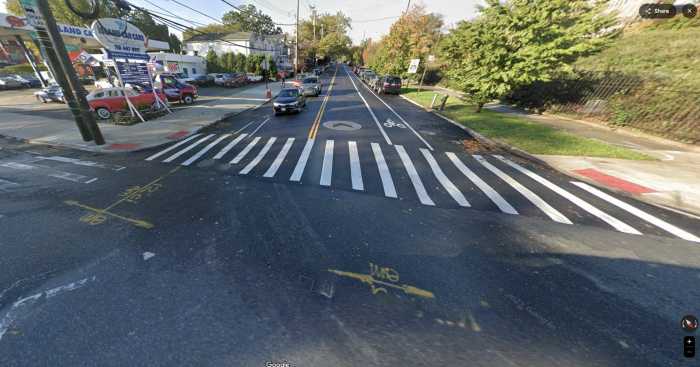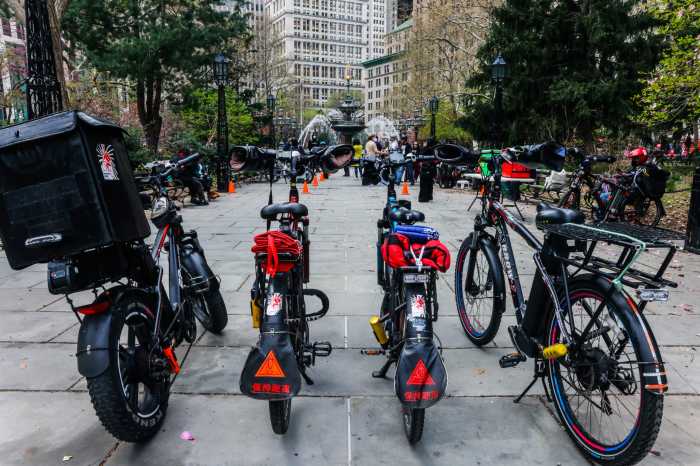The MTA was able to squeeze $13.5 million into New York City Transit service in a $14.2 billion financial plan unveiled Monday that includes extra costs from recent labor deals without raising fares more than planned.
The package of new service for New York City Transit includes weekend J trains to Broad Street on the weekends to connect with the Fulton Street hub, two new Select Bus Service routes next year, and expansion of bus routes in Brooklyn and the Bronx. To address increasing wait times on platforms, the package also funds four five-member crews for quick responses to train service problems around Manhattan’s central business district.
This is the third straight year the MTA has added service, putting in nearly $68 million since the 2010 “doomsday” cuts that chopped about $90 million from operations.
The $13.5 million in transit improvements is part of a $20 million funding boost for new service that includes Metro-North and Long Island Rail Road.
“The optimist in me is at least happy that we’re able to do $20 million this year,” said Allen Cappelli, an MTA board member. “There’s so much more we need to do, but because of what has occurred-unforeseen obligations, labor settlements and things of that nature — it’s hard for me to argue for them at this point in time.”
To tackle increasing wait times for riders, the MTA will set up something of a SWAT team to quickly tackle track problems that cause delays on busy subway lines.
There will be four of these five-member “Combined Action Teams” that consist of experts in tracks, third rails and signals.
“They’ll be stragetically placed during the p.m. rush and they will be able to respond to many, many different types of issues and really cut down the amount of time it takes to get to the root of a problem,” said Carmen Bianco, NYC Transit president. There will also be a signal system team for the congested Lexington line in the morning and evening at Grand Central, Union Square and Brooklyn Bridge.
To plug the potential cost of the new labor contracts — $478 million through 2014 and an average of $260 million a year through 2018 — the MTA is using contributions for future pension and healthcare costs; higher-than-expected revenue from tolls, fares and real estate; and payments to the 2015 capital program.
—- The oldest trains rolling through the system — the five-decade old cars on the C line — may stay on the job a little longer than expected, according to MTA officials. The manufacturer of 300 new train cars, Bombardier, found cracks on the undercarriage and car body on a prototype that was due to hit the rails in 2017. The production schedule could be sped up, according to the MTA, but for now, there is delay of a six-month to a year expected in delivering a test train by the end of 2014.
—- The MTA’s got Vision Zero. As part of Mayor Bill de Blasio’s street safety program, the MTA said training for bus drivers has increased with a focus on pedestrians and bicyclists and will increase inspections of tracks to catch defects in rails. The agency budged $84 million for 2015, totaling $363 million through 2018.




































